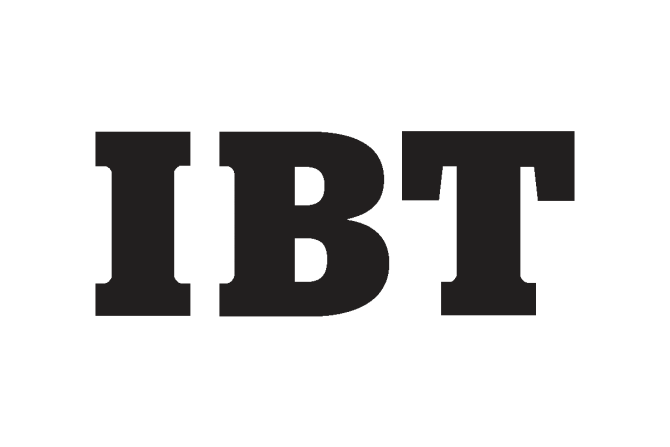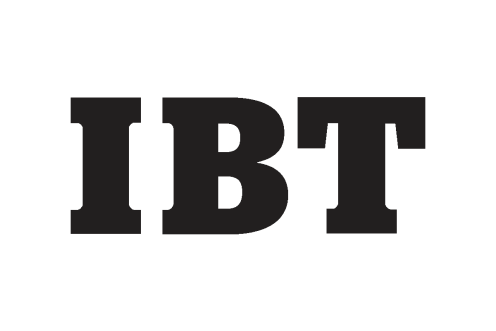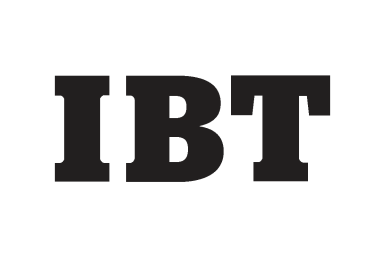There is a bucket of data out this week which should provide traders with a closer insight into the current economic situation in the United States.
U.S. stocks rose on Friday, paring the week's losses, after oil retreated and by a rising dollar while some measures of inflation matched economists' forecast, damping speculation the Federal Reserve will boost interest rates this year.
China should continue to prevent inflation and overheating of economic development in the second quarter, especially to control rising prices and curb inflation, the State Development and Reform Commission (SDRC) said Tuesday.
China's gross domestic product (GDP) in the first quarter grew 10.6 percent over the same period of last year, and also higher than the annual growth rate target of 8 percent, the China National Bureau of Statistics (CNBS) said on Wednesday.
The Office for National Statistics (ONS) has released figures showing that the annual rate of inflation was unchanged in March. The ONS said that consumer price index (CPI) inflation rose by 0.4 per cent in March but that the annual rate of inflation was steady at 2.5 per cent.
The greenback edged higher against the majors, climbing to 108.36 versus the yen and pushing the euro to 1.4615. A barrage of US economic data was released earlier in the session, with key indicators on inflation and housing
Inflation accelerated in January in a worrying sign for the Federal Reserve's campaign to bolster the flagging economy, while a separate report on Wednesday showed more troubling signs for beleaguered housing market.
The dollar is weaker against the euro and Aussie as the US market returns from holiday, falling to its lowest level in 3-months versus the Aussie at 0.9236 and a 2-week low against the euro at 1.4756.
The Office for National Statistics (ONS) today released figures showing an increase in consumer prices index (CPI) annual inflation in January, largely a result of higher petrol prices.
The European Central Bank kept its key interest rate steady on Thursday but the Bank of England reduced rates for the second straight month, citing inflation pressure in line with analyst expectations.
The Office of National Statistics (ONS)released figures on Tuesday showing that Consumer Price Inflation (CPI) was unchanged at 2.1 per cent in December, the same figure as in November.
A pickup in energy prices helped drive consumer prices ahead at the sharpest rate in four months during September, according to a government report on Wednesday that was likely to keep the Federal Reserve wary about inflation.
Prices for luxury goods rose twice as fast as consumer prices this year, a study showed, showing the jet set needs even more to fund its lavish lifestyle.
A steep cut in U.S. interest rates should have eased debt worries but inflation in oil and food prices is a concern.
Consumer prices unexpectedly dipped 0.1 percent last month and new home construction hit a 12-year low, data on Wednesday showed, underlining concerns about the country's economic outlook. August consumer prices were pushed lower by slumping energy costs and posted their first decline since October, the Labor Department said, while core inflation rose as expected.
U.S. consumer prices edged up in July while a measure of manufacturing activity in New York this month dipped slightly, according to data released on Wednesday that was unlikely to sway an inflation-wary Federal Reserve. While the Fed said last week that inflation was its top concern, it also acknowledged that the housing market downturn had led to tightening credit terms for some households and businesses.
Mexican consumer prices jumped 0.42 percent in July, accelerating from June and pushing 12-month inflation above the 4-percent limit the central bank says is acceptable.
Argentina's July inflation came in at a lower-than-expected 0.5 percent, the government said on Monday, as official consumer price data again aroused analysts' suspicion of tampering.
Consumer prices rose by a slightly bigger-than-expected 0.2 percent in June on higher food costs and they were up by the same amount after stripping out volatile food and energy prices, the Labor Department reported on Wednesday.
China’s Consumer Price Index (CPI) may rise by 3.3 percent this year, surpassing the government’s annual 3 percent target rate, according to a government report.
Huge increases in U.S. food prices over the past few months are not only putting a strain on consumer's pocketbooks, but they may also make the Federal Reserve's fight to curb inflation more difficult.
The inflation rate picked up more than expected in August, boosted by strong rises in toys and computer games

















